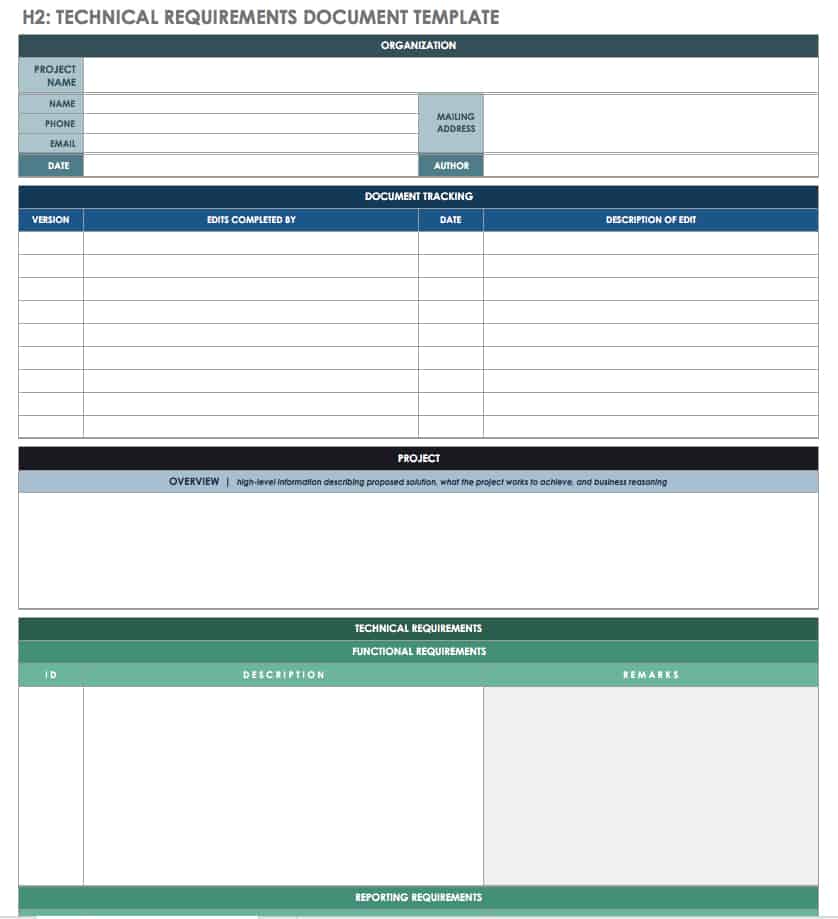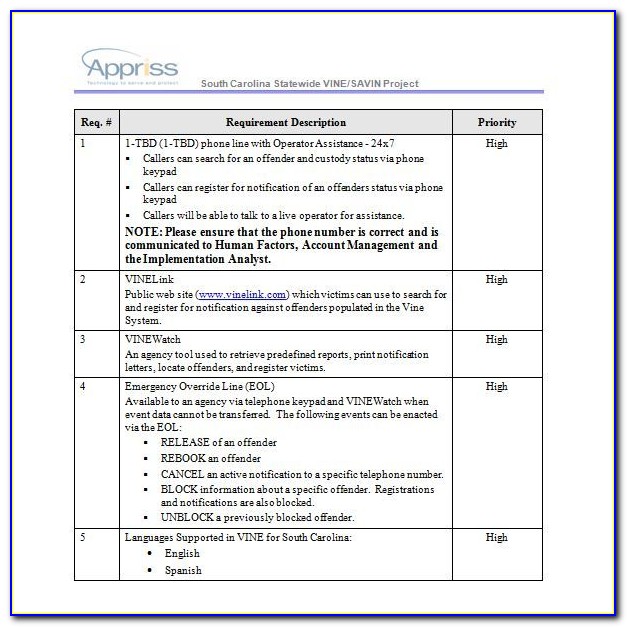A practical guide to writing technical specs
Table Of Content

Even then, I created a design document with detailed specifications, and adjusted it as necessary. Software design is a crucial aspect of software engineering, as it defines the structure, behavior, and quality of a software system. However, designing software is not enough, you also need to document and share your design with other developers, stakeholders, and users. In this article, we will explore what design standards and codes are, why they are important, and how to use them effectively in your software engineering projects.
Consistency and standards
For many teams, this section of an SRS is the most challenging one. If functional requirements respond to the question of what to develop, non-functional define how. They set the criteria according to how the system has to function. Performance thresholds, security, usability, intuitive – everything is described in this section.
Top software documentation tools and how to use them - TechTarget
Top software documentation tools and how to use them.
Posted: Wed, 08 Jul 2020 07:00:00 GMT [source]
General process

That helps teams share knowledge by connecting any type of digital content. With this intuitive, cloud-based solution, anyone can work visually and collaborate in real-time while creating internal notes, team projects, knowledge bases, client-facing content, and more. Now that you know the importance of creating a software design document, let’s explore what one needs to include in a software design document in order to make it competent. If you are still reading, you believe in the importance of design docs.
Using an LLM API As an Intelligent Virtual Assistant for Python Development
External interface requirements describe page elements that will be visible to the end client (client-side of the application). They can include (but aren’t limited to) the list of pages, design elements, key stylistic themes, and even artistic elements if they are essential to the product. This section describes specific product functionality and its execution criteria. Since the previous two sections talk about the product in general, focusing on the main aspects, you’ll have a more in-depth description here.
If you are a developer, reading and writing software design documents – also known as technical specification documents – is part of your routine. IEEE defines software design documentation as “a description of software created to facilitate analysis, planning, implementation, and decision-making”. In essence, a software design document (SDD) explains how a software product or a feature will be built to meet a set of technical requirements. If the requirements document describes the “what” of your project, the design document focuses on the “how”. In order to use design standards and codes effectively, it is important to plan, prepare, and practice. To get started, choose the appropriate design standards and codes for your project based on the scope, domain, context, and objectives of your software system.
List the questions that you would like to discuss at some stage of product design and development. This will help you solve all possible problems and fix all possible mistakes. At this last stage, you should think about which countries/regions of the world your product is intended to be released in? You should also specify the appropriate standards and regulations. But market standards are not only requirements on a regional basis. For example, if your product is an online store, paying online is a must-have thing (or a market standard).
What is a Software Design Document?
It’s a strategic approach to maintain the integrity and performance of your software. Get into the specifics of protocols and data formats, ensuring everything seamlessly connects with external entities. Every feature of your software needs to find its spot on this matrix.
You might find class diagrams, timelines, and other charts similarly useful throughout your SDD. Next, you’ll want to include a section outlining your proposed solution. If there’s an existing solution in place, why is your proposed solution needed? In order to correctly write a user requirement document, you must know well those for whom you will design and develop the product. User requirements are statements in natural language with diagrams that describe the services the system is expected to offer to system users as well as the restrictions it must function under.
Learn how to define requirements and keep all stakeholders aligned. The focus here is on ensuring the system’s long-term viability—ensuring it launches successfully and stands the test of time. It’s a manual for your software’s continuous health and well-being, ensuring it remains robust and fully supported beyond its initial launch.
Design specification document should include essential information about your product and all details you want your design and development team not to miss. As the term suggests, a design specification is a document that outlines a project’s design needs. For the design team, this is a vital document since half of the success of a project depends on it. After extensive study, the document is created by the client and contains extremely comprehensive, specific design requirements that must be consistently applied until the project is completed.
This ensures the entire development team follows uniform guidelines, creating a more cohesive and maintainable codebase. Ask an experienced engineer who’s knowledgeable on the problem to be your sounding board. Invite them to a meeting and explain the problem and the solution you picked. Lay out your ideas and thought process and try to persuade them that your solution is the most appropriate. Gather their feedback and ask them to be a reviewer for your technical spec.
A high-level summary that every engineer at the company should be able to understand. In coding projects, the user interface holds significant importance. However, discussions involving multiple stakeholders—clients, project managers, UX designers, and programmers—can sometimes lead to confusion. In this post, we’ll explain the ins and outs of a software design document (SDD), why you should have one, and tips on maximizing its value.
It’s a detailed description of the system’s purpose, functionality, interface, and performance criteria. In SRS, developers, product owners, and stakeholders specify tangible criteria for the expected product. The document usually defines what exactly a team means by “quality”, “performance”, “security”, etc. We can say that system features description is a part of the technical design specification and computer system designs. This specification in software engineering helps understand how the future product will work and its functionality. Make some lists with top, minor and least important features for your product.
Comments
Post a Comment